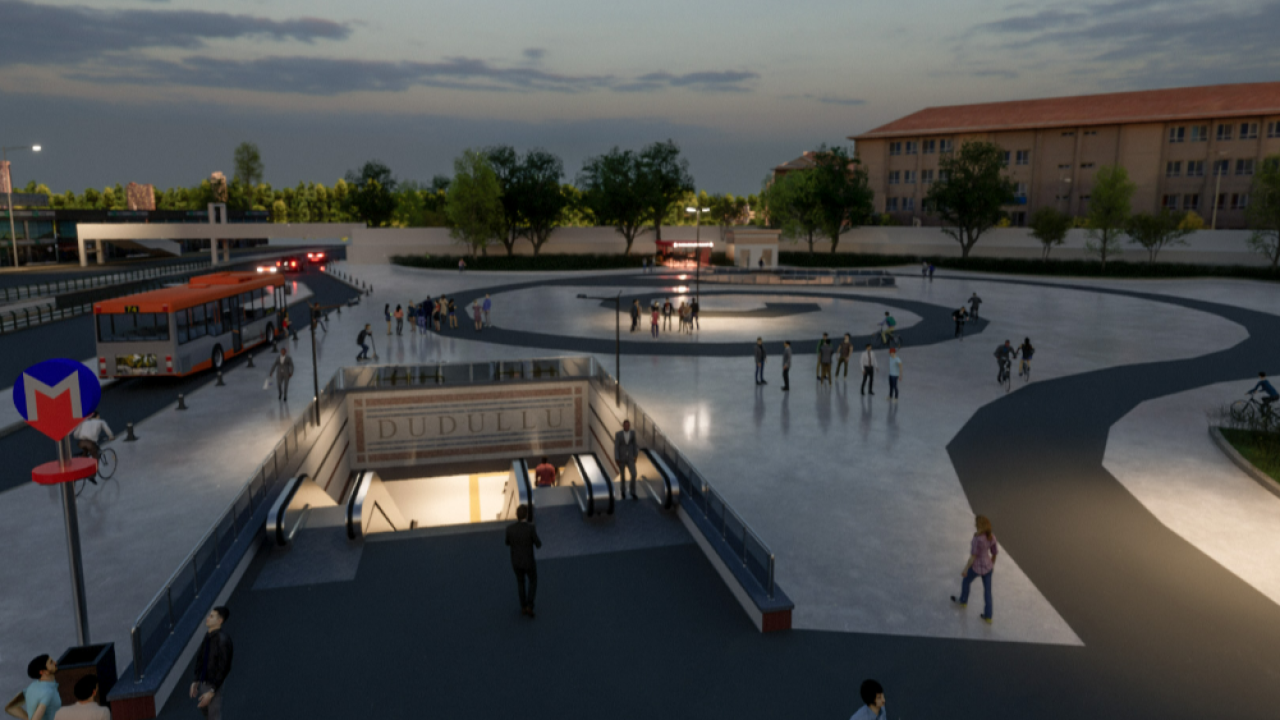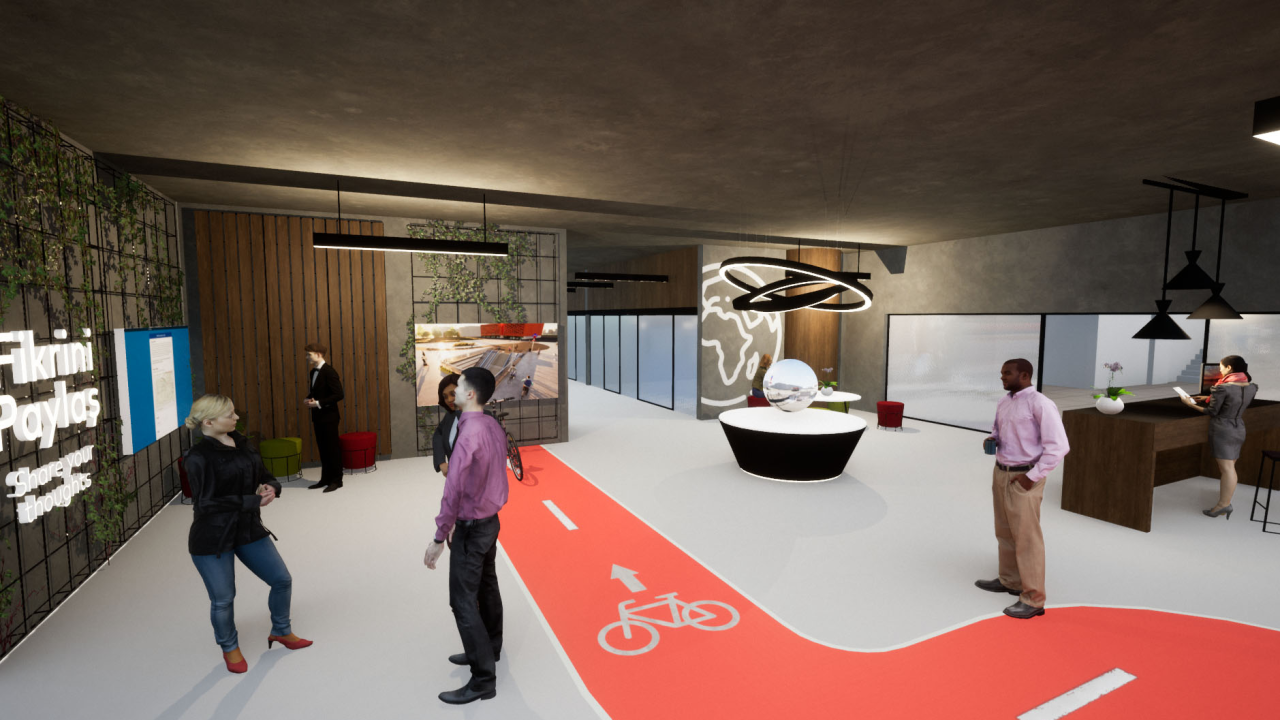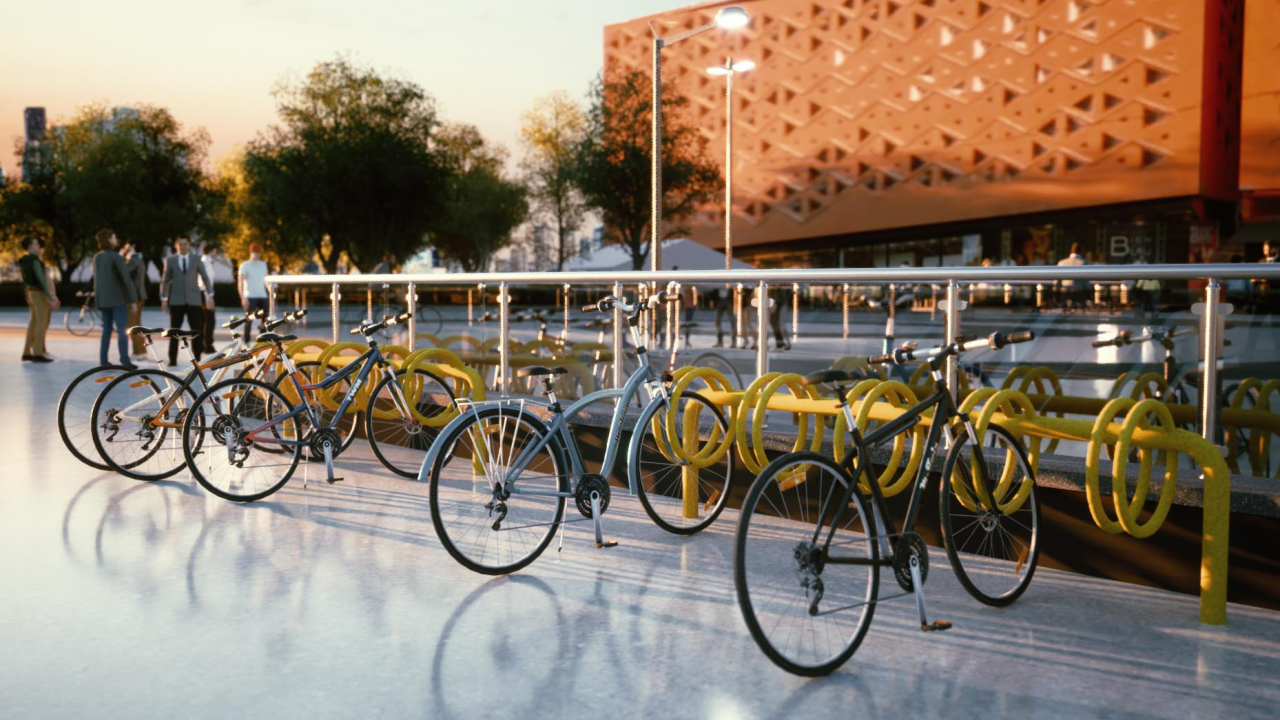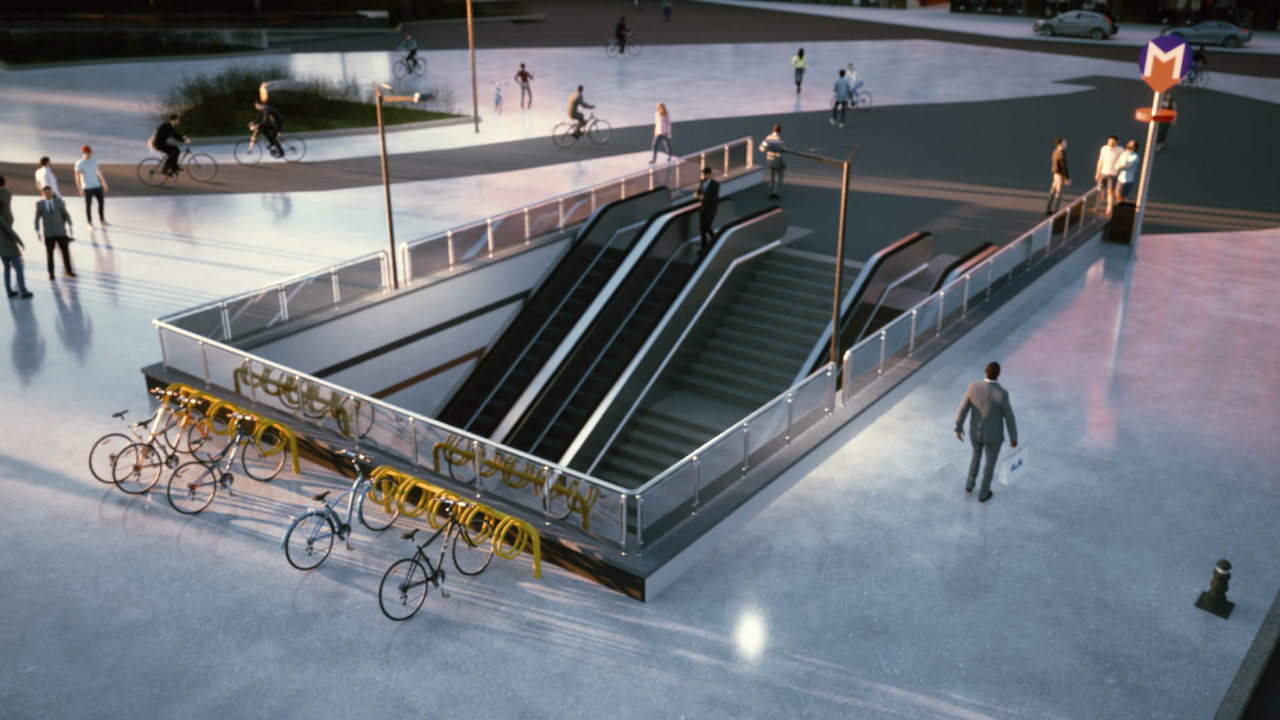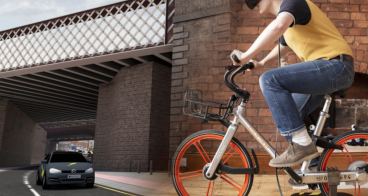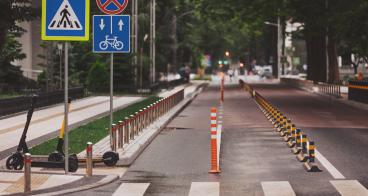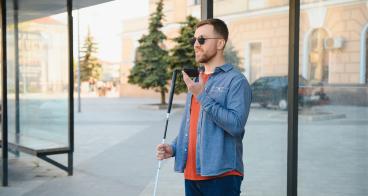Istanbul: Applied immersive modelling to engage public transport users
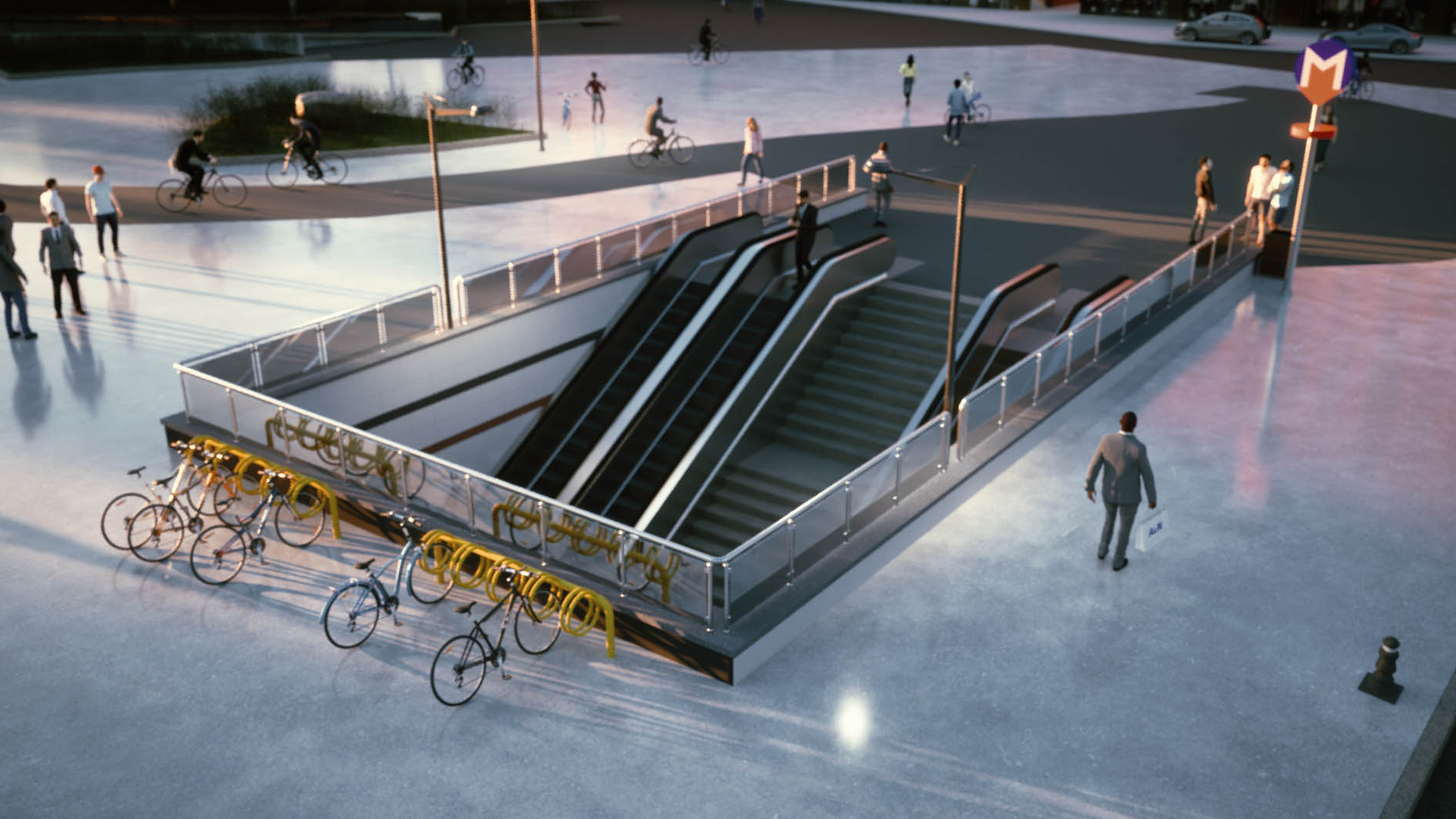
The Challenge
The Istanbul Metropolitan Municipality aims to develop a new Mobility Lab. The design thinking hub shall be located at the heart of Dudullu Metro station to enable direct engagement with public transport users in Istanbul. The Mobility Lab will be an innovation space inviting the citizens of the city to collaborate in the development of new transportation schemes across the city. As the future of mobility in Istanbul shall be co-designed with the its citizens, the development of the actual Mobility Lab aims to be an example of applied citizen engagement.
The Solution
The solution has been the application of the RAPID 3D modelling approach to Dudullu Metro station in Istanbul, to deliver a hybrid-virtual environment which enables the city to engage with different stakeholder groups.
The City of Istanbul has done important prior work regarding citizen behavioural profiles, to reflect the diverse communities across the city. Based on these citizen behavioural profiles, avatars are created for the simulation moving through the digital space. The vision and the strategy of the model aims to be aligned to the local settings and link real-life citizen profiles and their needs to the project in an inclusive, democratic and open perspective. These pedestrian avatars controlled by Artificial Intelligence behavioural scripts, use a UNITY-based solution that allows users to make dynamic changes to the design of the spatial area. The RAPID 3D model allows such changes to the model area within short timings so that adaptations can be iteratively tested with the different stakeholder groups to identify new challenges to optimise the environment to the citizen’s needs.
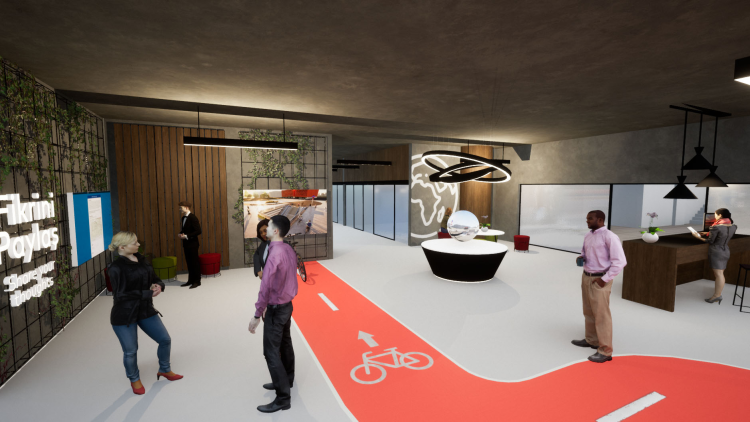
Making an impact
PixelMill Ltd developed a real-time virtual model of the projected new station, allowing viewers to step into the digital twin environment and explore via VR headsets and in a web-browser, with additional collaborative tools and feedback systems built in. The city is now able to engage with the public through collaborative co-design consultation sessions, working with citizens to improve the development of the new Mobility Lab.
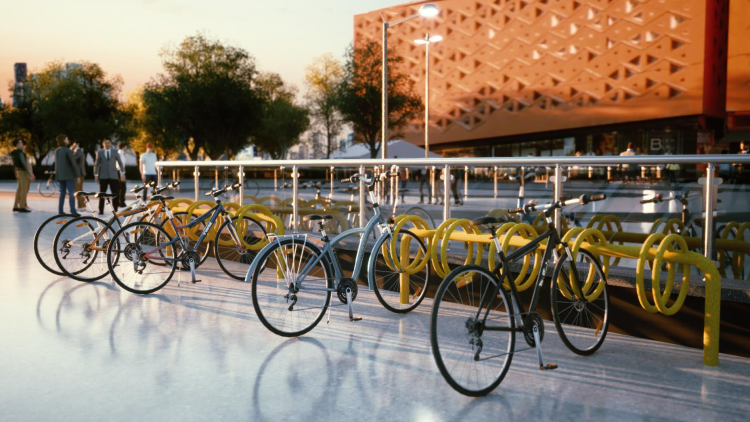
Lessons learnt
A semi-automated process for model creation is preferred, since despite cost savings, a fully automated process would miss out on important features and characteristics which can be only gathered through non-automated multi-stakeholder engagement.



